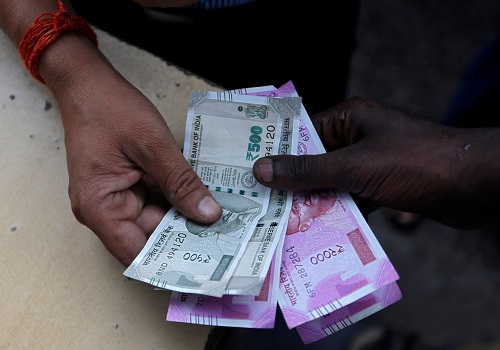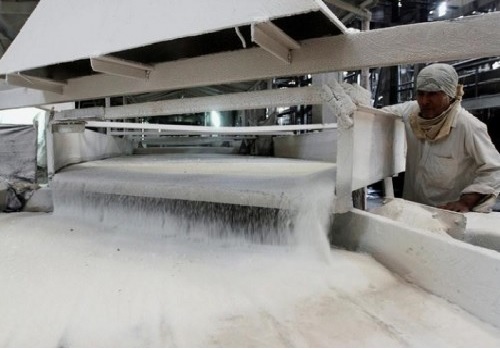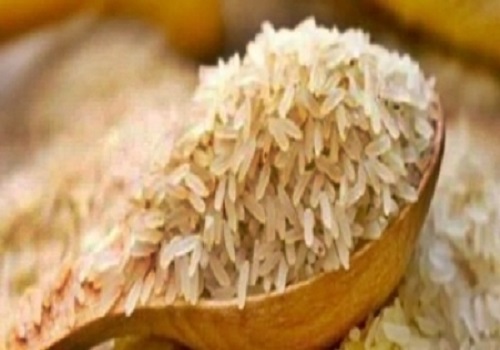Record-Breaking Cotton Consumption : Textile Industry Booms Amid Challenges by Amit Gupta, Kedia Advisory
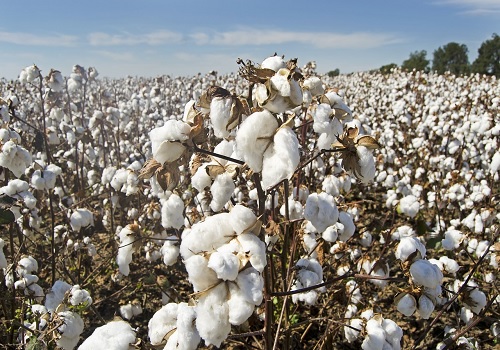
Cotton consumption in the 2023-2024 marketing season is set to be the second highest in the past decade, with an estimated demand of 307 lakh bales. Despite higher production costs, Indian textile mills are operating at 75%-80% capacity, with cotton yarn exports showing significant recovery. Cotton production is expected to reach 325.22 lakh bales, with imports and exports at 12 and 28 lakh bales respectively. However, Indian cotton prices remain higher than international rates, posing challenges for mill owners.
Highlights
High Cotton Consumption: The current marketing season (October 2023 to September 2024) sees one of the highest cotton consumption rates in the past decade, according to the Ministry of Textiles. The Textile Commissioner, Roop Rashi, estimates a demand of 307 lakh bales, including 103 lakh bales from MSME textile units.
Cotton Production and Trade: This season's cotton production is projected at 325.22 lakh bales. The industry expects imports of 12 lakh bales and exports of 28 lakh bales. The closing stock at the end of the season is anticipated to be 47.38 lakh bales.
Pricing and Market Dynamics: Indian cotton prices are currently higher than international prices but are not expected to rise further. Textile mills are operating at 75%-80% capacity. If this capacity utilization increases, the cotton requirement will rise accordingly.
Cotton Yarn Exports: Cotton yarn exports have revived, now reaching 95-105 million kg per month. This marks a significant recovery compared to April-December 2022, when exports dropped to 50 million kg or less per month.
Challenges for Mill Owners: Despite the increase in production and exports, mill owners are facing challenges in achieving better profit margins due to high production costs. This indicates a need for strategies to manage and reduce these costs to improve profitability.
Conclusion
The Indian textile industry is experiencing a notable increase in cotton consumption, reflecting robust demand and a potential for growth. With mills operating at significant capacity and cotton yarn exports rebounding, the sector shows resilience. However, the challenge of high production costs continues to impact profitability for mill owners. As the season progresses, strategies to optimize costs and improve margins will be crucial. Maintaining a balance between production, pricing, and exports will determine the industry's success in leveraging this consumption boom.
Above views are of the author and not of the website kindly read disclaimer




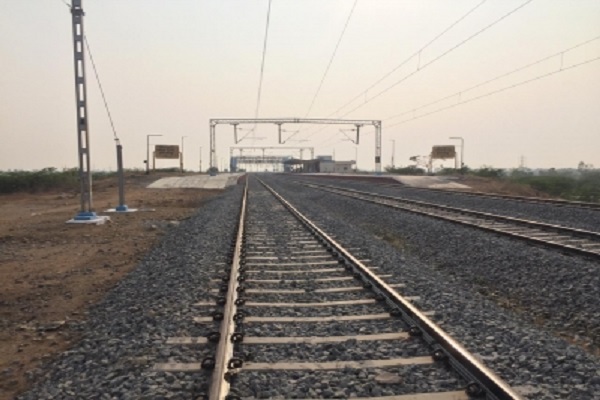



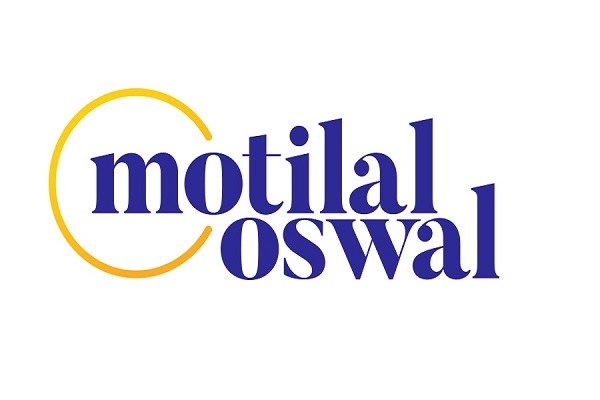

Tag News

Quote on Markets 26th November 2025 by Mr. Vikram Kasat, Head - Advisory, PL Capital

